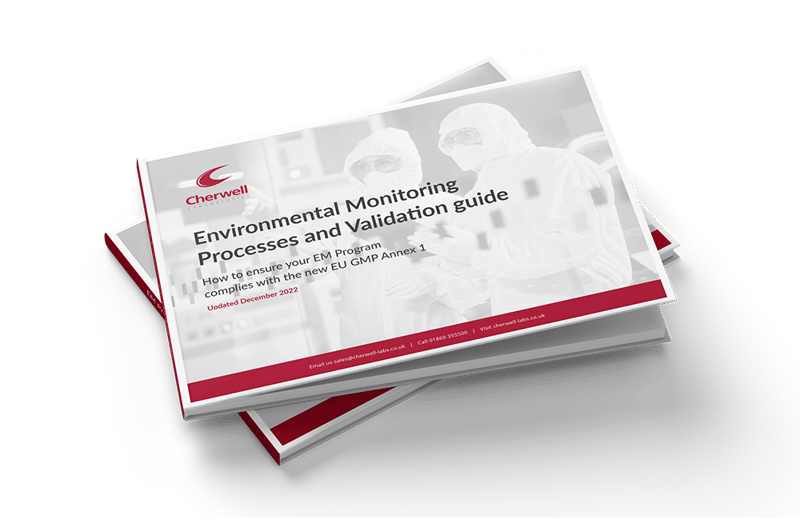Definition:
Aseptic: This is often used to refer to a technique or procedure designed to avoid the introduction of contamination, either into products or environments that are free from viable organisms. The term “aseptic” can also be used to describe a final product produced aseptically, and suitably secured in a container or packaging that does not allow ingress or development of viable contaminants.
Sterile: This is a strict term which refers to an absolute state whereby items, products, instrument or an environment are free from viable organisms, irrespective of whether these are pathogenic or non-pathogenic.
Interchangeability of the term “aseptic” and “sterile”
It is quite common for the terms “aseptic” and “sterile” to be used interchangeably, but these terms do not mean the same thing. It should be noted that processes involving the use of aseptic techniques do not always yield sterile status in the “absolute” meaning of that word. Generally, sterility testing procedures will be required to assess the presence or absence of viable organisms. Under current guidance, random samples per batch are subjected to testing because the process renders the selected sample unusable post-testing.

Aseptic products are manufactured in controlled, clean environments, such as laminar flow cabinets, cleanrooms, etc., using appropriate aseptic techniques in order to ensure that the final product is free from contaminating viable organisms. In order to achieve this, it is also common for processes and products to be manufactured using sterilised ingredients and equipment to avoid risk of breaching sterility. In addition, non-invasive physical sterilisation methods, such as filter sterilisation, can be applied along with the aseptic technique. For example, products containing chemically sensitive or heat-labile components, such as antibiotics, serum, blood, enzymes and proteins, are commonly added to products via aseptic filter sterilisation. If correctly executed, the application of aseptic techniques allows the production of products free from viable organisms, and these are commonly considered “sterile” products.
On the other hand, the process of manufacturing sterile products usually involves the use of physical or chemical sterilisation techniques, for example autoclave, ethylene oxide, irradiation, etc., which will destroy and inactivate viable particles. These processes utilise extreme conditions, such as exposure to extreme heat, radiation or chemicals, to irreversibly alter vital components; this makes it impossible for any microorganisms to survive. It is therefore important to assess the tolerance or compatibility of products to avoid denaturing or destruction during the process. For example, general microbiological media components such as Tryptone Soya, Sabouraud Dextrose, Tween®, Lecithin, Sodium Thiosulfate, L-histidine, agar powder, etc., are stable for exposure to autoclaving or irradiation conditions used for sterilisation.
In conclusion, the term “aseptic” commonly refers to the technique used to manufacture products that are free from viable organisms, whereas “sterile” refers strictly to the absolute condition whereby there are no viable organisms in a specific product or environment. Click here to download this as a document.






